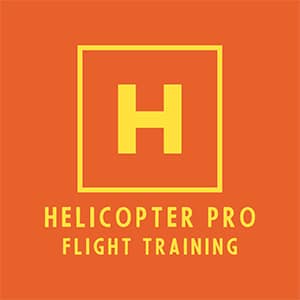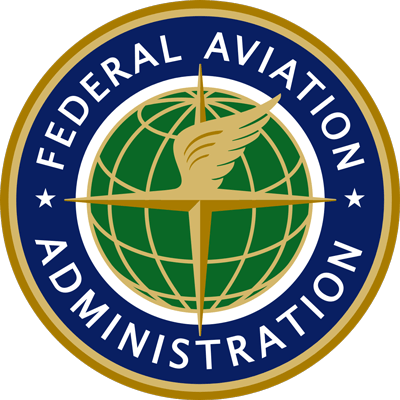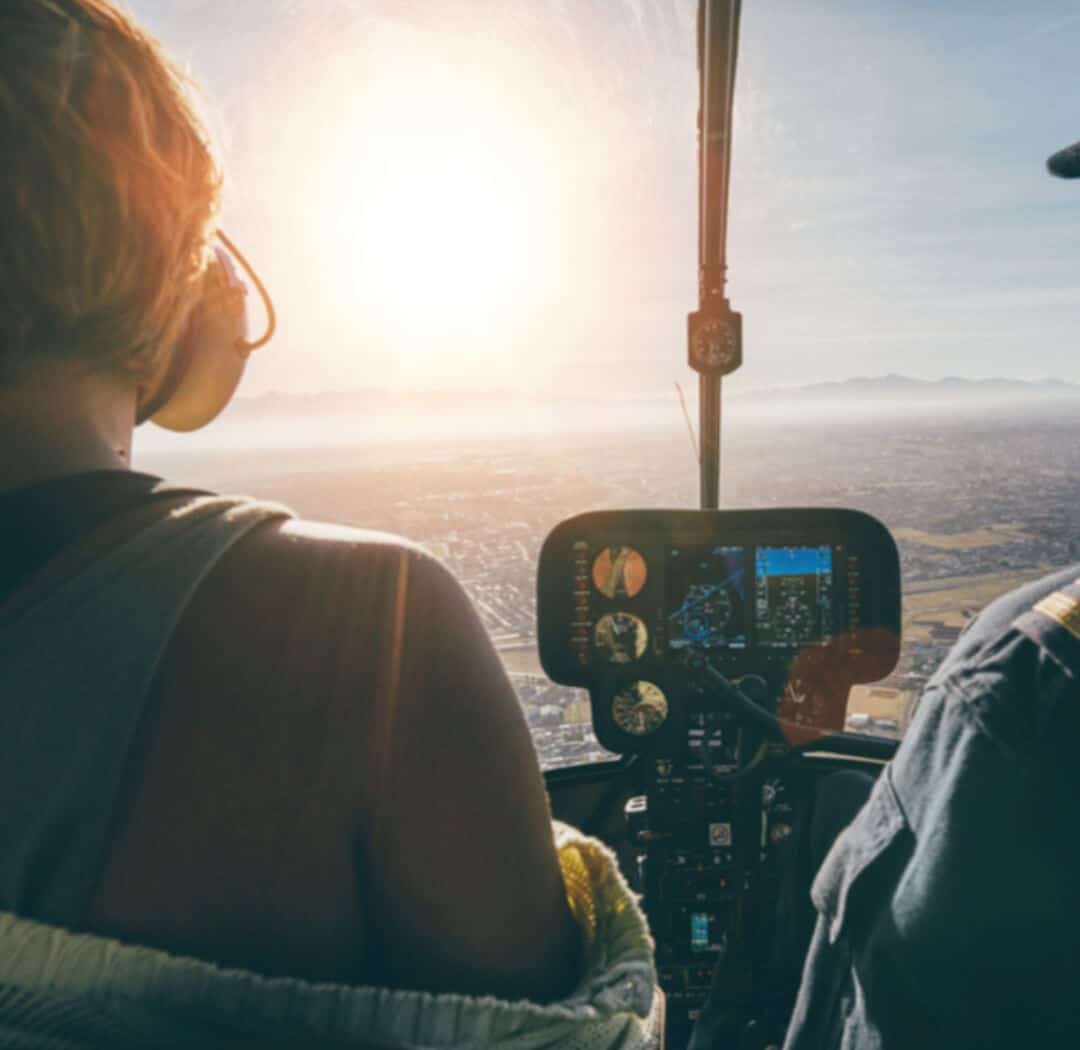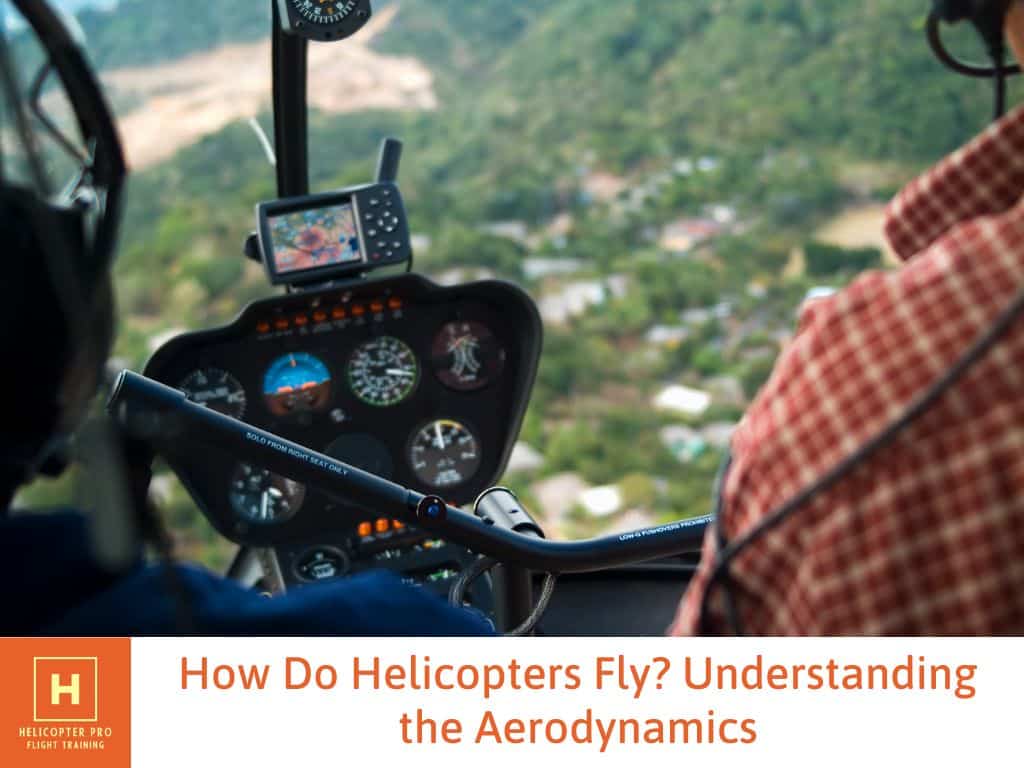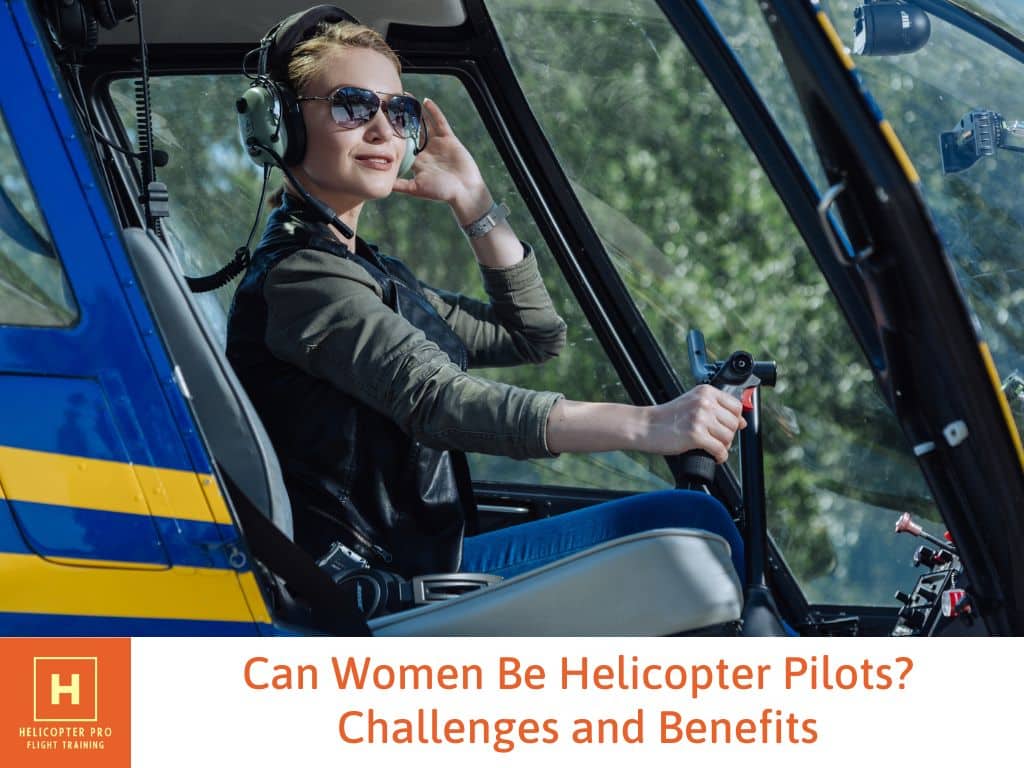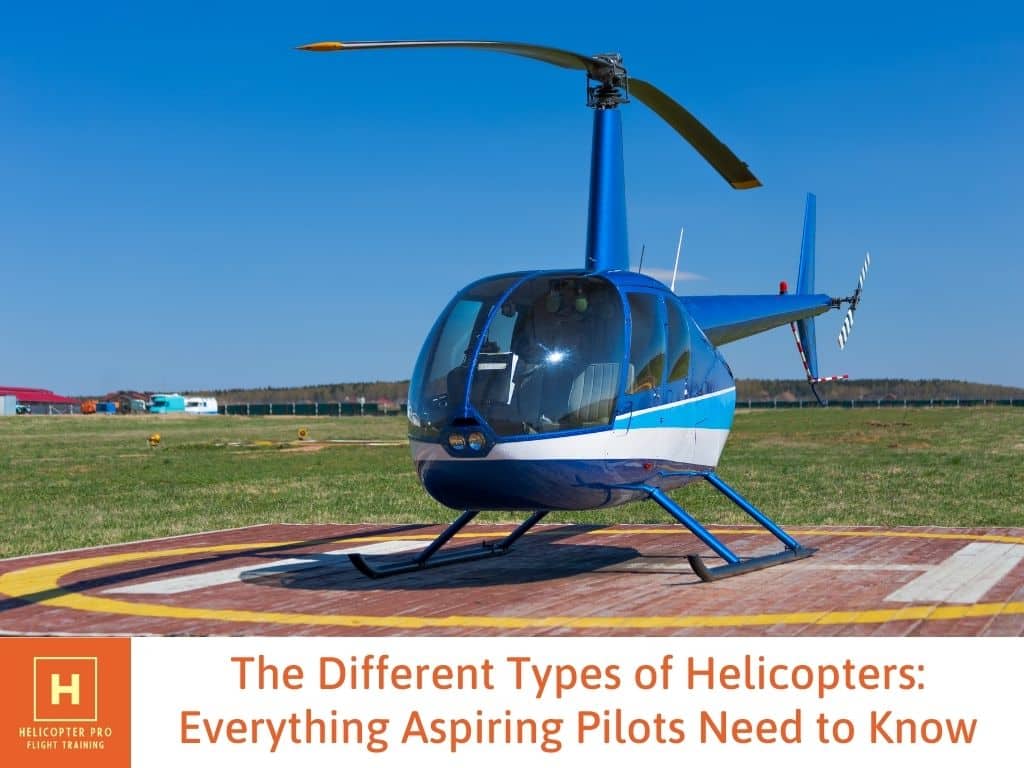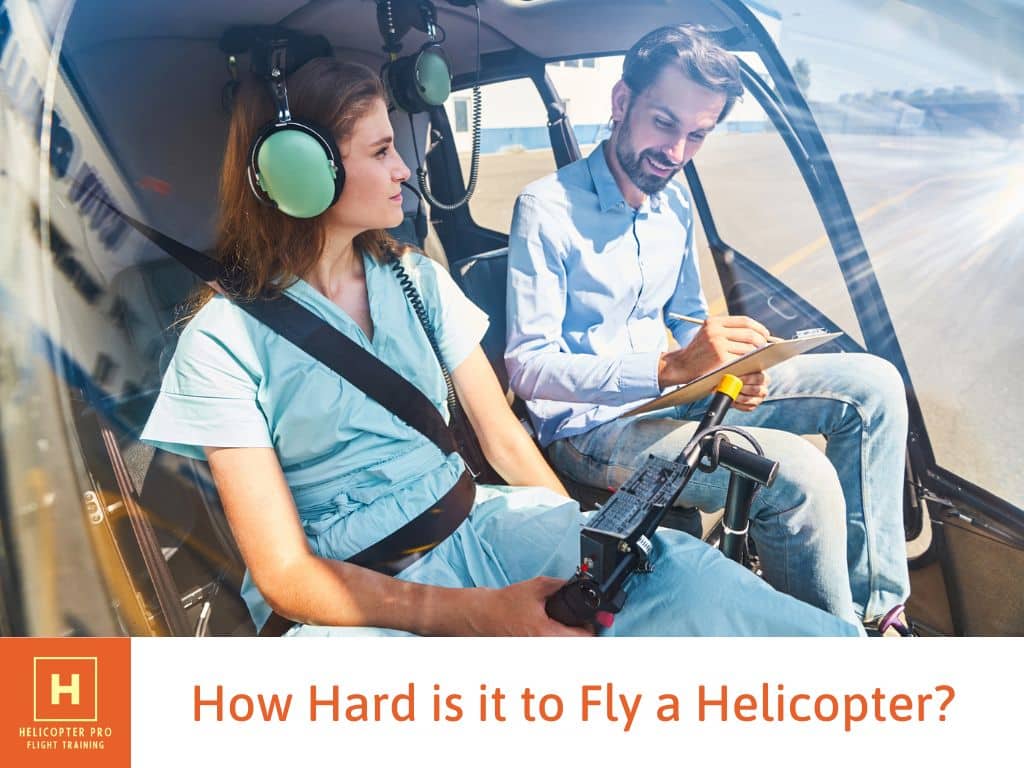
Flying a helicopter is one of the most rewarding and thrilling endeavors a person can experience. Not only does it offer a unique perspective of the world from above, but helicopter piloting also opens up a wide range of career opportunities.
Yet, despite the rewards that come with flying a helicopter, there are substantial challenges associated with it. Piloting a helicopter requires intense concentration and mental focus, as well as knowledge of both aviation principles and aircraft mechanics. As such, becoming a competent pilot is no easy feat.
In this blog post, we will explore the difficulties associated with flying a helicopter compared to other forms of aviation. Let’s get started!
Challenging Aspects of Flying a Helicopter
Let’s first take a look at some of the more challenging aspects that pilots must contend with when flying a helicopter:
Taking Off
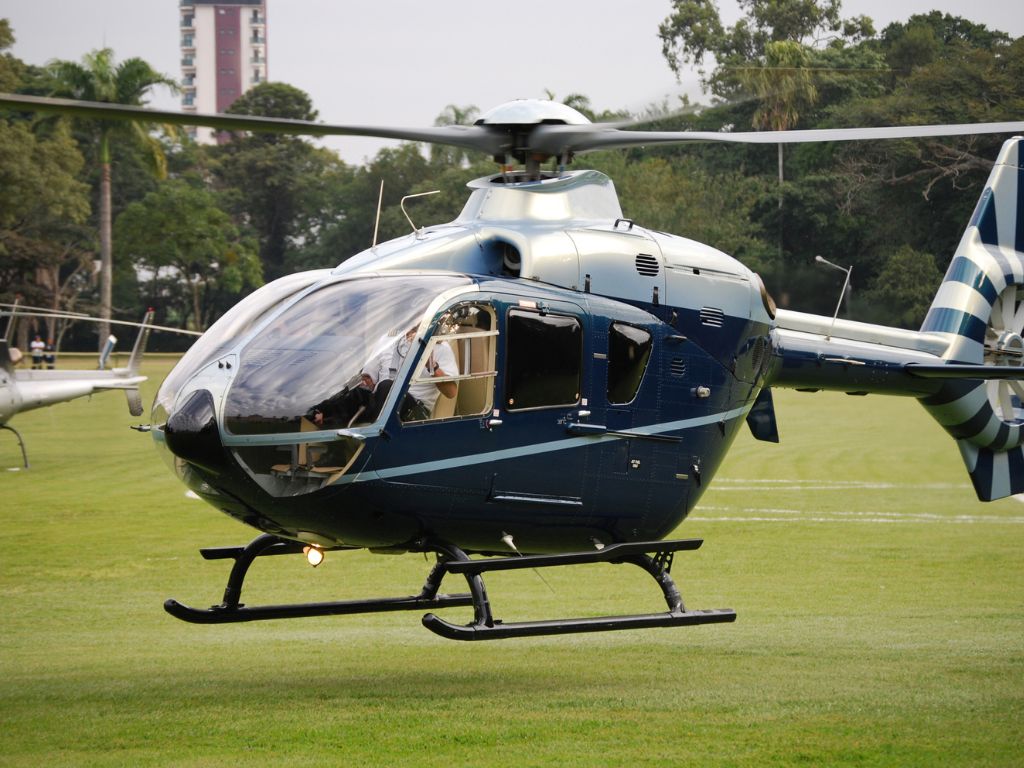
Taking off in a helicopter is a bit more technically challenging than flying an airplane because of the way helicopters move through the air. When taking off in an airplane, pilots use forward thrust to gain speed, then lift off the ground with a combination of wing lift and engine power.
Helicopters, on the other hand, use a combination of rotor blade lift and engine power to take off the ground. As a result, the pilot has to be very precise when controlling the rotor blades in order to achieve a stable, smooth takeoff. This requires a lot of practice and familiarity with the helicopter’s systems and controls.
Hovering
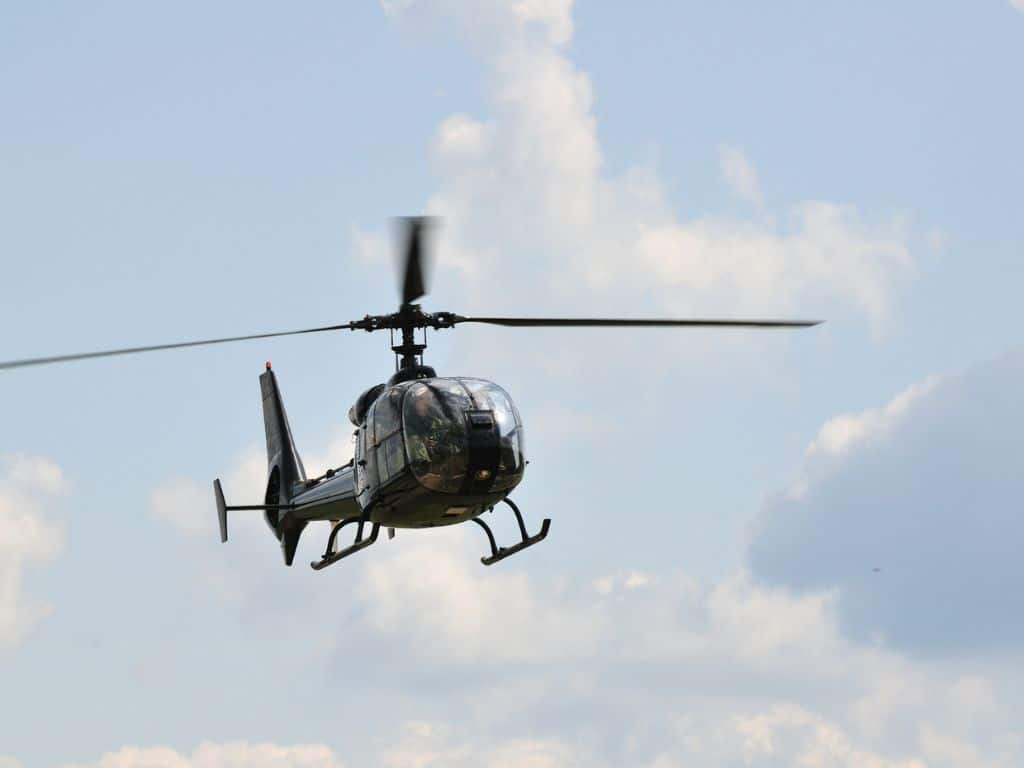
Many new helicopter pilots find that hovering is one of the most difficult skills to learn. It’s a maneuver that is really different from any other type of flying. Yet, it’s a skill that is absolutely essential for a successful helicopter flight since it’s the first thing you’ll need to do to lift off the ground.
The challenge is that hovering requires the pilot to maintain fine coordination between the cycle, collective, and pedal controls to keep the helicopter steady. This means you’ll need to continuously adjust these controls to account for external factors like wind speed and direction, terrain elevation, and so on.
Student pilots will start with one control at a time and gradually build their coordination until they can hover confidently. This usually takes weeks, if not months, of practice. Yet, with practice and patience, hovering can become second nature.
Landing in Confined Areas
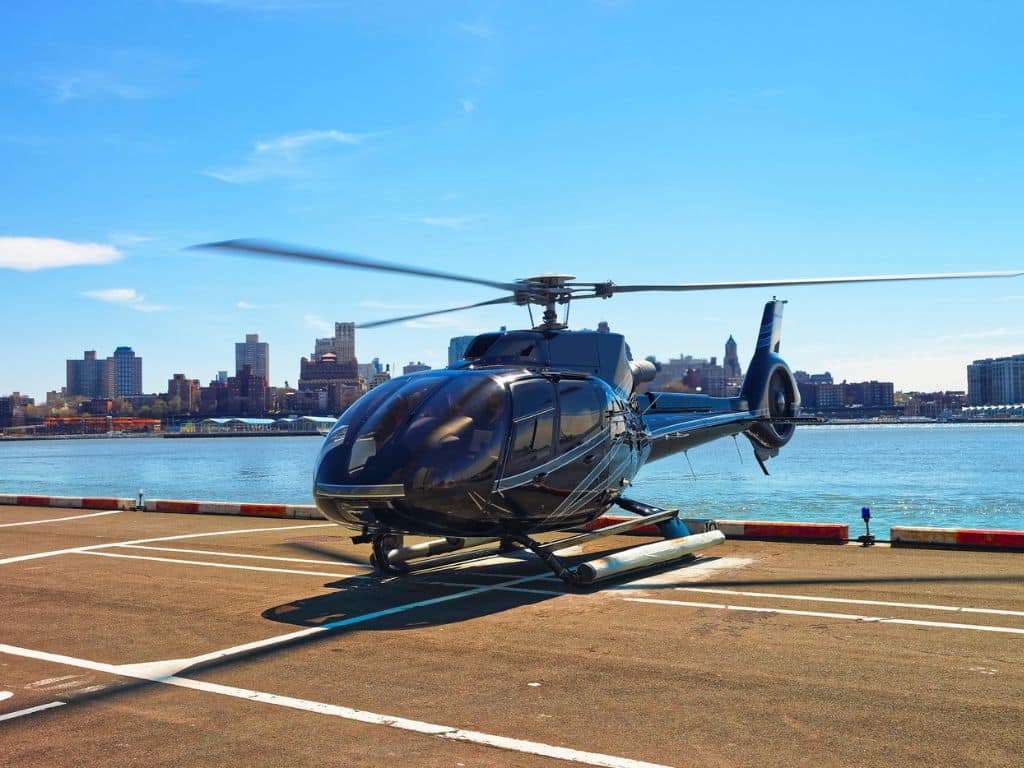
Landing a helicopter in a confined area is another one of the more challenging aspects of flying. You’ll need to focus on precise control and the ability to hover in close quarters to be able to land in these tight spaces successfully.
When landing in confined areas, it is important to remember that you need to consider the wind speed and direction as well as the terrain’s elevation and obstructions. All of these things can affect the helicopter’s performance, so you must remain aware of them at all times.
Sloping Ground Maneuvers
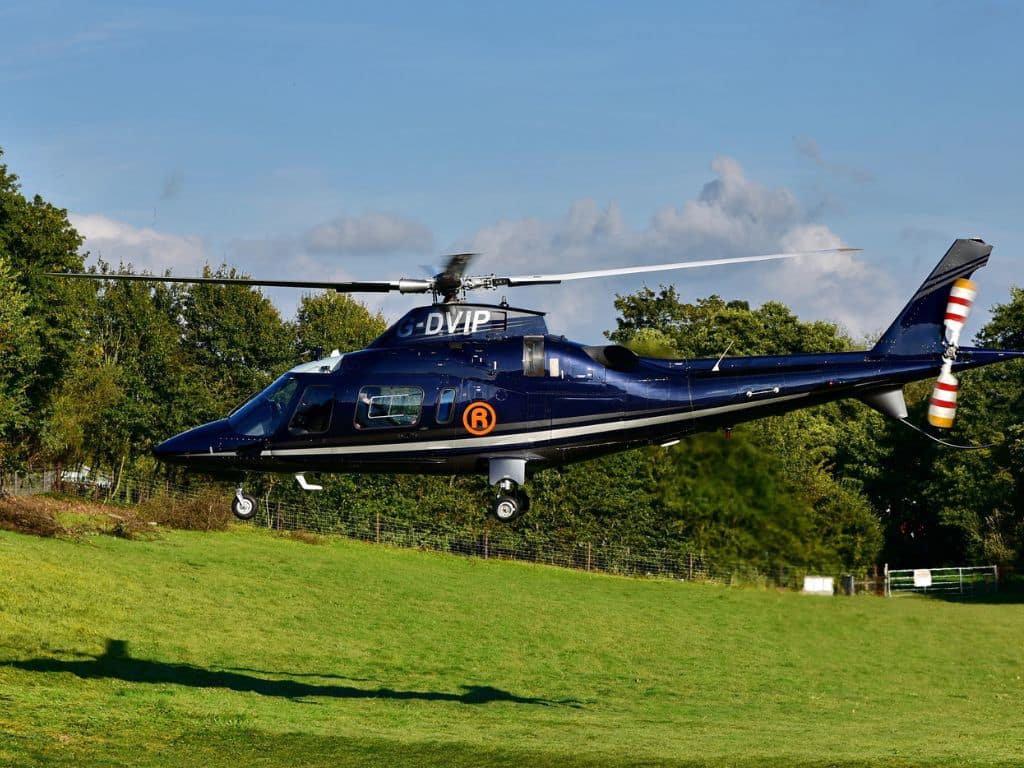
Another difficult maneuver to master is taking off and landing on sloping ground. This requires the pilot to adjust the collective control intelligently and use the rotor blades’ full lift power to avoid crashing or damaging the aircraft.
Accurately judging the slope is essential to a successful landing, as it will determine how much power is needed and where you should focus your attention while flying. This can be a tricky skill to master, as it requires considerable practice.
Helicopter Navigation
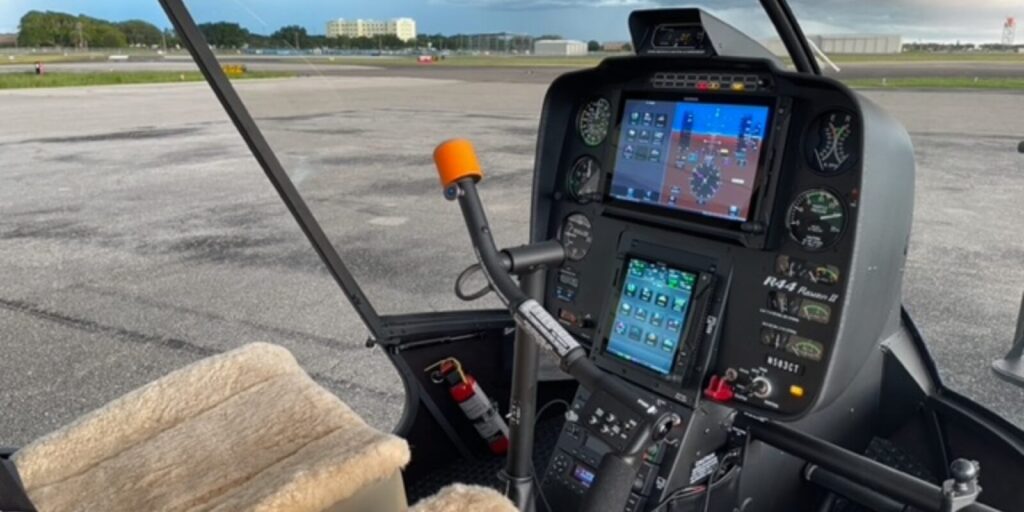
Navigation is another challenge that every helicopter pilot has to face. While airplane pilots have the luxury of removing their hands from the controls to look at maps and other navigation tools, helicopter pilots don’t have that privilege. This means that they must constantly be aware of their position and be able to adjust the controls at any given moment.
Furthermore, helicopter pilots must be able to navigate through terrain that is often difficult or impossible for planes to traverse. This requires a lot of practice and knowledge of the area being flown over to safely navigate around obstacles.
Easier Aspects of Flying a Helicopter
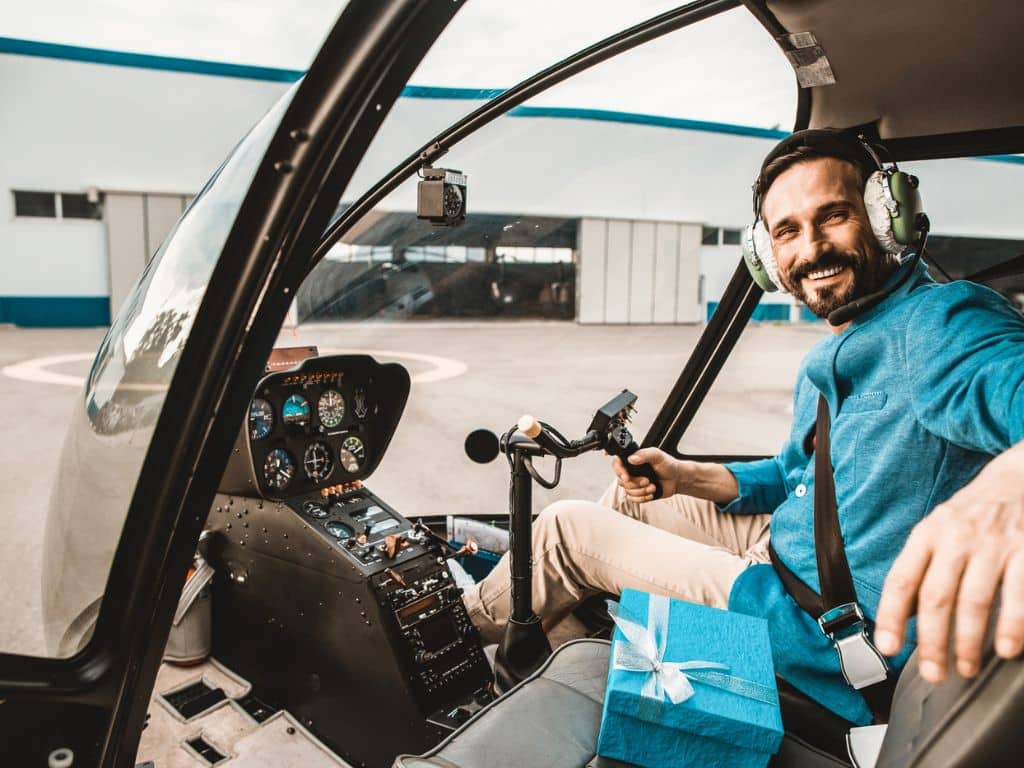
Although some aspects of helicopter flight can be challenging, there are also some relatively easy parts. These include:
Low-Level Maneuvering
One of the advantages of flying a helicopter is that at low altitudes, it can maneuver in ways an airplane cannot. Once you get the hang of it, helicopters can easily hover in place, fly sideways, and even go backward. This allows helicopter pilots to conduct search-and-rescue missions, aerial surveillance, and other operations that require precision low-level maneuvering.
Landing at an Airfield
Landing a helicopter at an airfield is relatively simple compared to landing in a confined area. All the pilot needs to do is find their position relative to the runway, adjust course and altitude as needed, then land as usual. This makes it much easier for pilots who are just starting out their helicopter training.
Crosswind Landings
Crosswind landings are tricky for both helicopters and airplanes. But helicopter pilots have one advantage: the ability to hover. This means they can make small adjustments without drifting off course or losing altitude due to wind gusts. As a result, it’s usually much easier to make a successful crosswind landing in a helicopter than in an airplane.
Ready to Start Leaning to Fly a Helicopter?
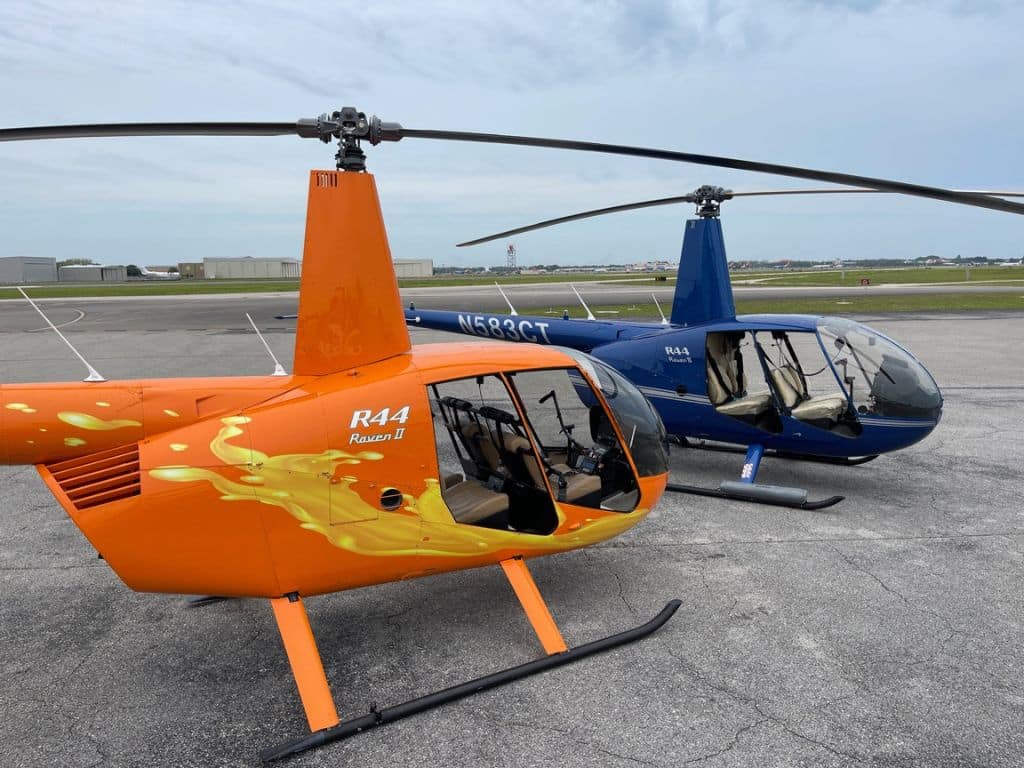
As you can see, flying a helicopter has a few challenging aspects. Yet, you can become a skilled and confident pilot with enough practice and patience.
So, if you’re ready to start your pilot training, Helicopter Pro is here to help. We offer helicopter training courses for all skill levels, from beginner to advanced. So, whether you’re looking to earn your private or commercial pilot license, our experienced instructors will provide you with the knowledge and skills you need.
Contact us today to learn more about our training programs. We look forward to helping you reach your aviation goals!
